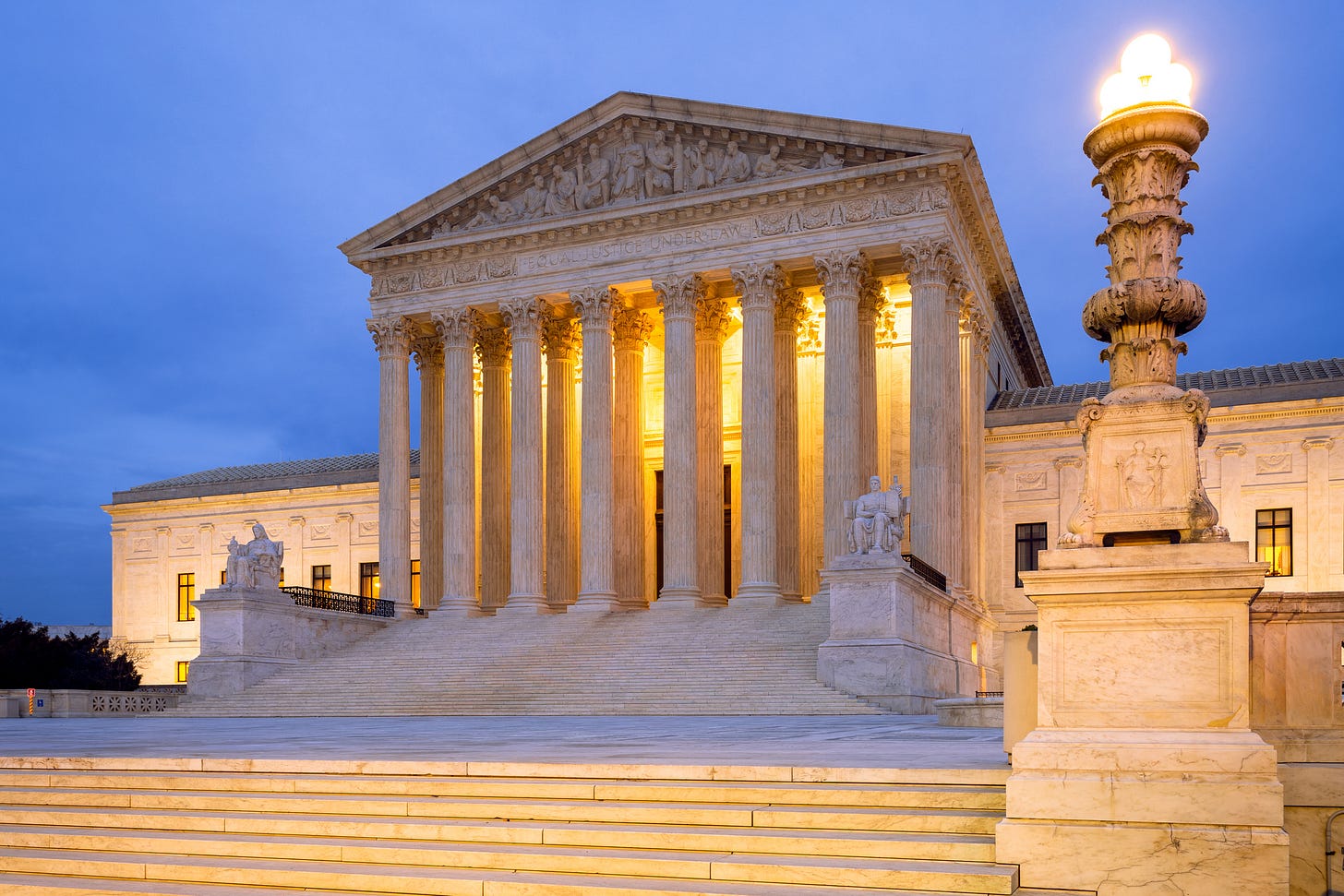How Has NIL Impacted Small Schools?
Kevin Fielder explores the realities of the new NIL landscape and how it's changed the landscape for small schools. Does the NIL era represent an existential threat to small school football?
Money has run college athletics forever. Like any other industry, the schools with the most resources tend to succeed, while the others have had to get creative to survive. Now in its fourth year, the Name, Image, and Likeness era has undoubtedly revealed that this system, and its inequalities, are changing how schools recruit.
While big schools have continued to succeed – even if it requires some adjustments in how they predominantly acquire talent – Group of 5 programs are getting left behind. Twenty-five of 247Sports’ top 100 transfer portal players this offseason transferred to the Power 4 level from Group of 5 or FCS schools. That list includes quarterbacks John Mateer (Washington State) and Darian Mensah (Tulane), who signed with Oklahoma and Duke, respectively, after just one season as starting quarterbacks.
Although some Group of 5 schools have sustained success, introducing NIL without significant guardrails has made it challenging across the board. For some coaches, player development has taken a backseat, as some schools have added more than 40 new players this offseason.
With some Group of 5 programs struggling to raise the required funds to compete with top schools for transfer portal targets, head coaches have begun playing a modernized version of Moneyball, finding different ways via the portal and high school recruiting to acquire impactful players.
In a vacuum, this sounds okay. After all, talent gaps aren’t new in college sports, especially football. But coaches and fans know that this is different. And that difference might kill small school programs.
How did we get here?
In July 2021, the U.S. Supreme Court upheld a district court ruling in NCAA v. Alston, which found that the NCAA’s rules limiting student-athlete compensation violated antitrust law. As a result, the NCAA allowed athletes to receive compensation for their status as players.
There was one major problem: the NCAA’s lack of overall preparation for NIL left little in terms of guidance or restriction.
Wide Left spoke to attorney Mit Winter, who has put significant work into the burgeoning field of NIL law.
“When the NCAA originally was considering changing its rules to allow athletes to receive NIL compensation, they were planning on having lots of guidelines and restrictions, and rules. And they were working on those rules, but they never got implemented before the Supreme Court’s Alston decision came out,” said Winter.
He added, “Once that Alston decision came out from the Supreme Court, they really stopped all the work that they were doing on having a lot more structure around the NIL rules because they were worried, based on the Alston decision, those rules would be deemed to violate antitrust laws.”
A combination of school policies and state laws currently decides what deals athletes can make. While schools are still prohibited from directly compensating players, murky rules in some states that allow for school-run collectives to get involved in deals can functionally make that prohibition a distinction without a difference.
Winter believes the NCAA had opportunities to get ahead of this regulation problem. Specifically, he points to O’Bannon v. NCAA (2015), which involved former UCLA basketball player Ed O’Bannon.
The suit challenged the NCAA’s use of former student-athletes' likenesses for commercial purposes, including in EA Sports’s college football and basketball video games. Although the Ninth Circuit sided with the NCAA regarding compensation, the lawsuit opened the floodgates for future potential litigation.
“You kind of knew at some point somebody was going to bring another lawsuit related to that,” he said. “I think if the NCAA would’ve got ahead of things at that point and said, ‘Alright, we recognize what the court has said here. We’re going to try to figure out a way that athletes can receive compensation, whether that’s from third parties or from the schools themselves,’ I think that would have headed off a lot of the litigation that continued to occur.”
The NCAA is hoping to add more guidance in the future with the House v. NCAA settlement that remains ongoing in the legal system. The settlement, in its current form, would signify a major shift in the NCAA’s tone, allowing schools to directly pay players with revenue-sharing capped at $20.5 million. However, a salary cap likely won’t help the significant inequality in college football, as some won’t be able to generate the $20.5 million.
“For some schools, it’s not going to be too difficult to find that $20.5 million to pay,” Winter said. “But for other schools, smaller schools, they’re not going to be able to find $20.5 million, so there’s still going to be a huge gap between what the Texas and Ohio States of the world are paying their athletes versus a school in the Mountain West.”
Money Talks
Keep reading with a 7-day free trial
Subscribe to Wide Left to keep reading this post and get 7 days of free access to the full post archives.





